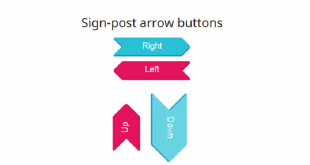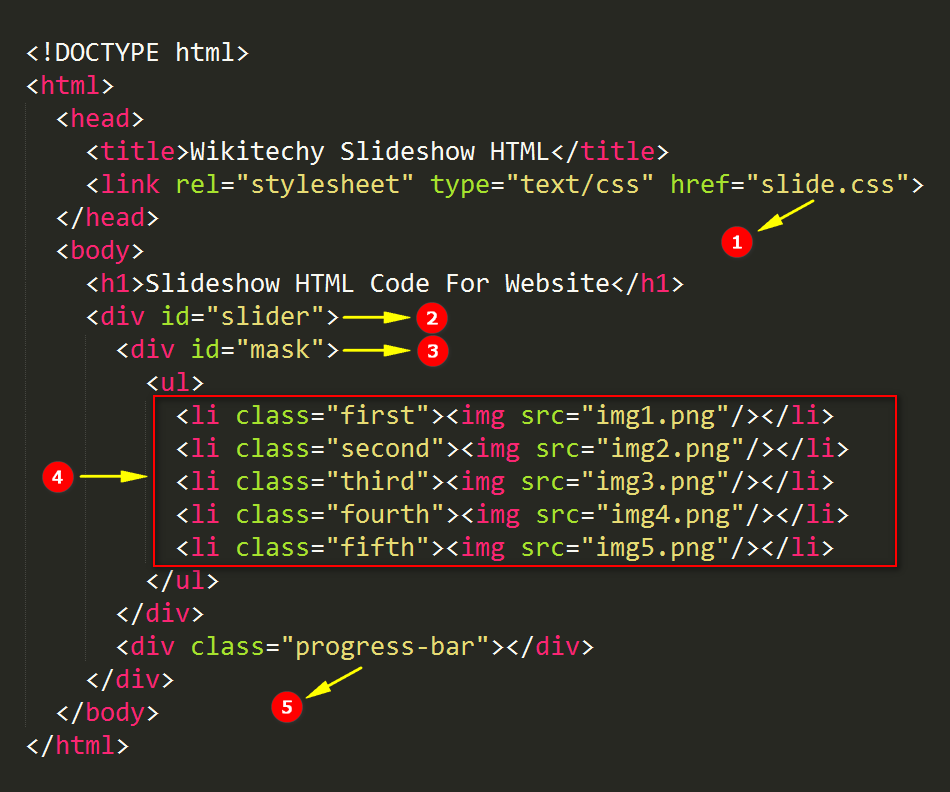
Yes, CSS may be used to alter a checkbox’s size. Can you change the size of a checkbox using CSS? As the checkbox is hovered over or clicked, you may set parameters like the ‘background-color’ and ‘border-color’ to produce visual effects. The ‘:hover’ and ‘:active’ pseudo-classes in CSS can be used to add hover and active states to a checkbox. How can you add hover and active states to a checkbox using CSS? As an alternative, you can use CSS to build a custom checkbox and adjust the color properties to get the look you want. Use the ‘background-color’ property to alter the checkbox’s background color. The CSS color property allows you to alter a checkbox’s color, which also affects the color of the checkmark that appears inside the box. How do you change the color of a checkbox using CSS? The checkbox can be styled using CSS properties like ‘background-color’, ‘border’, ‘content’, and ‘display’. With the help of the label element, ‘the:before and:after’ pseudo-elements, and the ‘appearance: none’ property, you may hide the standard checkbox and create custom checkboxes with CSS. How do you create custom checkboxes using CSS? You can use CSS to decorate the checkbox and its label with unique colors, fonts, and pictures to alter the appearance of checkboxes. When a checkbox is selected, its default appearance, which varies between browsers and operating systems, typically consists of a small square box. What is the default appearance of checkboxes and how can it be changed? You can alter the checkbox’s appearance by setting the ‘appearance’ property to ‘none’ and then altering it with other CSS values. The checkbox’s label and the checkbox itself both support styles. To give checkboxes a unique look and feel, CSS can be used for styling. I hope it helps.FAQs about CSS checkboxes 1. Now, let's run the HTML page in the browser and see the output.

#Simple css slider for text code#
HTML, JavaScript, CSS Code the above code, I haven't included any libraries, not even jQuery. Now, it's time to apply CSS to showcase the images in a proper position with some styles. We only write some logic to read the slides and show. If (n > slides.length) Īll the above functions are user-defined.

Var slides = document.getElementsB圜lassName("showSlide") You can create an external JS file in the project path and refer it to the HTML page if required. Considering it a small example, I am writing the code in the same HTML page using. Here, is the main container for the slider, and is the slider images section that is repeating. Otherwise, the slider will misbehave while navigating between slides.Īdd the below code in the body section of the HTML page. Make sure that all the images are the same size (width*height). This will take less time to implement and give no conflicts/errors.Ĭreate a folder named "images" in the project path and put all the images required for the slider. If the slider requirement is simple and short, building your slider using HTML and JavaScript can be one of the best ways to achieve it.

In real-time scenarios, there may be a requirement to put an image slider on the application web page. While using such plugins, sometimes there is a chance of code conflicts between the plugin libraries and the existing libraries used in the application, which takes time to get fixed. Within seconds, a developer thinks of using an existing jQuery plugin or something else. We are not using any external frameworks/plugins for the slider.
#Simple css slider for text how to#
In this article, we will learn how to create a simple image slider using HTML, CSS, and JavaScript only.


 0 kommentar(er)
0 kommentar(er)
